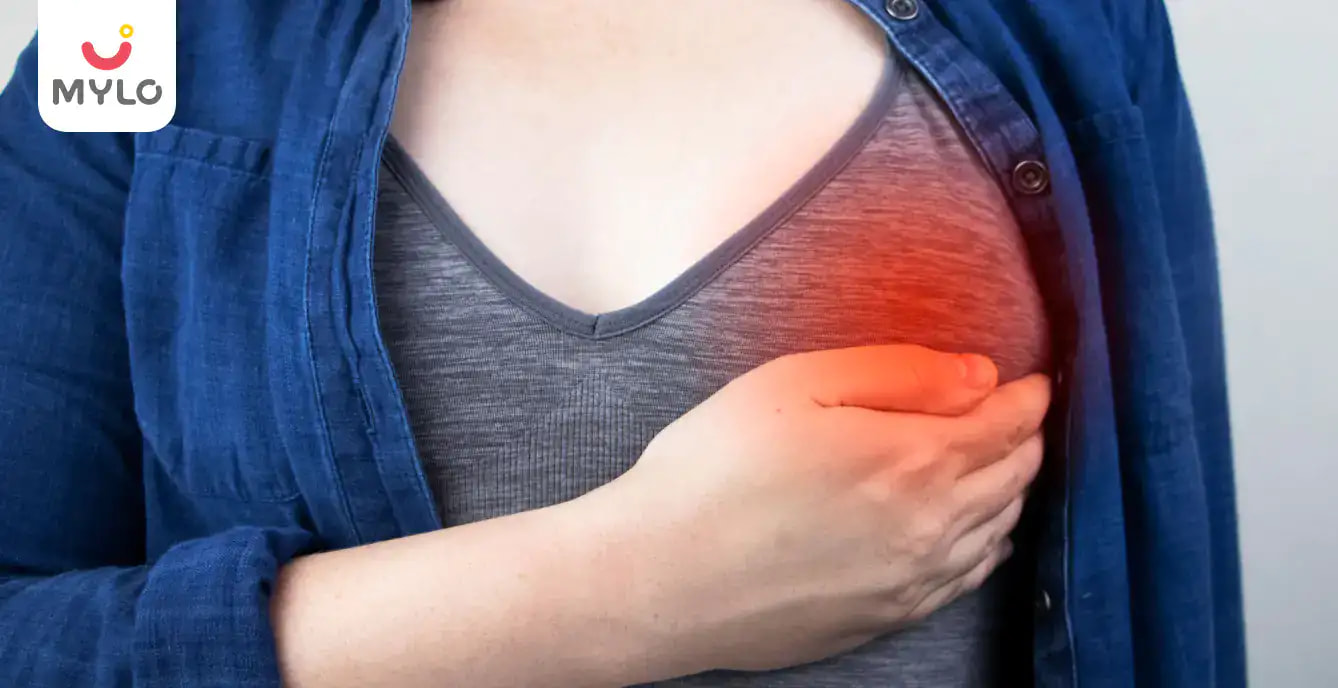Home

Breast Lump

Lump in Breast During Pregnancy: When to Get Serious and Visit a Doctor
In this Article
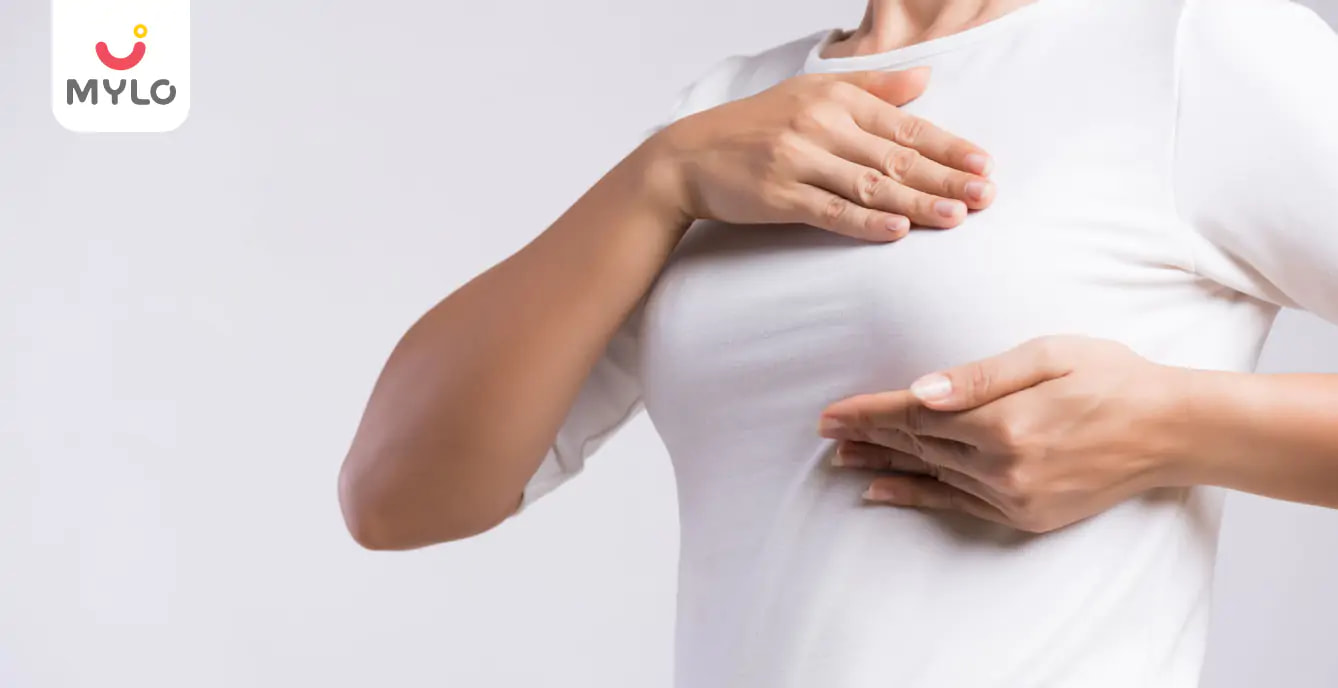
Breast Lump
Lump in Breast During Pregnancy: When to Get Serious and Visit a Doctor
Updated on 2 November 2023
Most of us have heard and read that a lump in breast during pregnancy should never be ignored as they are the most common sign of breast cancer. And hence we can’t deny that finding one in our breasts can be frightening for any woman at any stage of her life. But contrary to the common belief, a breast lump is actually nothing to fear about. Moreover, a pregnancy breast lump is rarely a sign of breast cancer.
First of all, breast cancer is very rare in pregnant women especially, if they are under 35 years of age. Your body goes through many changes during pregnancy and your breasts also become firm, heavy, and lumpy because they are preparing themselves for milk production. As a matter of fact, the breast lumps during the second or third trimester are mostly clogged milk ducts.
Are Lumps in Breast Normal During Pregnancy?
Nature works very systematically. Your baby relies on your breastmilk for nutrition and survival after taking birth. Your breasts start preparing themselves for the same when you are in the second trimester of your pregnancy. It is very common for a milk duct to get blocked and enlarged during this process. These clogged milk ducts mostly appear as hard and tender red lumps that will ache upon being touched.
These tender lumps are actually a sign that your body is preparing to nurse your little one. Moreover, these lumps disappear after a few days. Doctors around the world suggest that you breastfeed your baby to reduce the risk of breast cancer in the later stages of your life.
What is the Best Way to Detect a Breast Lump?
Women with an average risk of breast cancer may not need to perform routine self-exams. But pregnant women should keep an eye on the health of their breasts, since it's important to alert their doctor to any abnormalities that may arise. Your breasts will be more noticeable if you're aware of what's "normal" for your physique.
As you constantly check your breasts for lumps, keep in mind that malignant lumps are neither red or painful when they initially form, nor do they clear up with warm water and massage-like blocked milk ducts. Any new lumps, skin changes such as thickening, dimples, redness, scales, or pain in a single location or that worsens are things to keep an eye out for and report if you notice them.
Breast cancer can still develop while you are pregnant, so if you notice anything unusual in your breasts, don't wait until after you give birth to see your doctor. Yes, because your breast tissue is denser and lumpier right now, it can be more difficult to examine and test for cancer, but getting an accurate diagnosis is still possible – and vital.
Types of Breast Lumps
Here are a few types of breast lumps that may appear during pregnancy:
1. Engorged Breasts
Breast engorgement, which can produce painful lumps in the breasts, may occur at some point in the lives of most moms. This may lead to swelling and hardness in the breasts and there may be development of lumps in the engorged breasts. When the milk is emptied manually or with a pump, these lumps disappear.
2. Blocked Ducts
As the body begins to produce breast milk during pregnancy, the breast milk may become stuck in one location of the breast due to a blocked milk duct. Bras that are too tight might also lead to blocked ducts.
3. Mastitis
Mastitis is a painful, swollen, and uncomfortable lump in the breast caused by an infection. When a clogged duct stays untreated, the milk accumulates behind the ducts and infects them, resulting in irritation. A fever is generally present.
4. Breast Abscess
Due to the accumulation of pus in the breast, an abscess may form. It's most commonly caused by mastitis that hasn't been properly treated. Abscesses must be drained by either a needle or catheter aspiration with antibiotics, or they can cause severe discomfort and fever if left untreated.
5. Fibroadenoma
Women aged 15 to 30 are more likely to be diagnosed with a benign breast tumor. It's a tumor of the gland and fibrous tissues, which is what it is. While some breast lumps come and go with the monthly cycle, fibroadenoma is a lump that remains even after the cycle has passed.
6. Intraductal Papillomas
These growths in the milk ducts of the breast are called intraductal papillomas and they are not malignant. A solitary intraductal papilloma develops in the major milk duct around the nipple and is the most common type of mammary tumor. More than one can occur in certain women, and the growths can even cause bloody discharge in some of those who suffer from them.
7. Lipomas
A slow-growing mass of fat in the breasts or elsewhere is known as a lipoma. 2 cm in diameter is the limit for their growth. When pressed lightly, they may move readily and are round or oval in shape. They have a rubbery feel to them. Many of these lumps can occur simultaneously.
8. Breast Cancer
In most cases, it is a hard or firm bump that doesn't cause any discomfort. The nipple or the breast can be the site of the tumor's onset. However, the top outer quadrant is where it normally begins. Large malignant tumors can squeeze nearby breast tissue or break through the skin, both of which can cause excruciating agony.
You may also like: Breast Changes and Pain During Early Pregnancy: Causes and Remedies
Tips to Follow If You Find a Lump in Breast During Pregnancy
If a woman finds a breast lump during pregnancy, she should follow these guidelines to treat it as best as possible:
-
After a warm bath or compress, rub the region around the lump and release the milk with your palms. Attempt expressing or pumping if the lump is soft after a massage.
-
Your milk ducts will be unclogged and the milk will be drained if you express or pump regularly.
-
Do your best to stay hydrated by drinking plenty of fluids, especially if you're sick.
-
The tightness of a bra might lead to a buildup of lumps. Because of this, you should put on a maternity bra that gives your breasts adequate support but isn't overly tight. Also, underwire bras must be avoided since they increase pressure on the milk ducts.
-
If the pregnancy breast lump does not go away in 3 to 4 days, it is best to go to a doctor. If you notice pus and blood in your nipple discharge, you should also see your doctor immediately.
-
The lump should be thoroughly examined to rule whether or not the lump is a cyst, tumor or cancer.
-
Take your time learning about the treatment options if you find out your lump is cancerous. To find the best doctors, you can also talk to people you know.
-
The oncologist would be happy to answer any questions you may have during your visit.
What are Your Treatment Options If You Discover a Lump in Your Breast During Pregnancy?
If you notice a lump in breast during pregnancy, visit a doctor as soon as possible. Depending on the size and location of the lump, your doctor may decide to perform additional tests to narrow down the possibilities, such as an ultrasound or magnetic resonance imaging (MRI).
If the lump is caused by a clogged duct, use a warm compress (or run hot water on it in the shower) on a regular basis and massage the affected area. If the lump persists or worsens, make an appointment with your doctor to make sure it isn't infected with something.
When Can a Breast Lump Be Breast Cancer?
Unlike the common breast lumps, the breast cancer lumps are painless and they are not red when they first appear. Breast cancer lumps won’t clear up with any of the above treatments. However, it is usually very difficult for even the doctors to differentiate between a benign and a cancerous bump. Though rare, the possibility of developing breast cancer while you’re pregnant cannot be ruled out. It is always better to consult the doctor in any case.
You may also like: Top 10 Tips to Prevent Breast Cancer
Conclusion
During pregnancy, your body goes through many changes to prepare itself for pregnancy, labor and the nursing needs of your baby once they are born. A lump in breast during pregnancy is usually harmless and mostly a part of these bodily changes. Though you don’t need to panic when you detect a breast lump during pregnancy, you should always get yourself quickly checked by a doctor to get the right diagnosis.
References
1. Lee SE, Bae YK. (2020). Breast lesions during pregnancy and lactation: a pictorial essay. NCBI
2. Hayden Bell, Gudrun Peters, Anne Lynch, Robin Harle. (2013). Breast Disorders During Pregnancy and Lactation: The Differential Diagnoses: Journal of Clinical Gynecology & Obstetrics.
3. Sabiha M Haq, Sikander Niazi, Aslam Shah, Mirza Inam ul Haq. (2012). Breast Lumps Presenting During Pregnancy: Journal of Rawalpindi Medical College (JRMC).
Tags
Lump in Breast During Pregnancy in Bengali, Lump in Breast During Pregnancy in Tamil, Lump in Breast During Pregnancy in Telugu



Written by
Shaveta Gupta
An expert in content marketing, Shaveta is an alumnus of IIT, Bombay, she knows what the audience is looking for. Mother of a 6 year old, she has been instrumental in planning the content strategy at Mylo.
Read MoreGet baby's diet chart, and growth tips
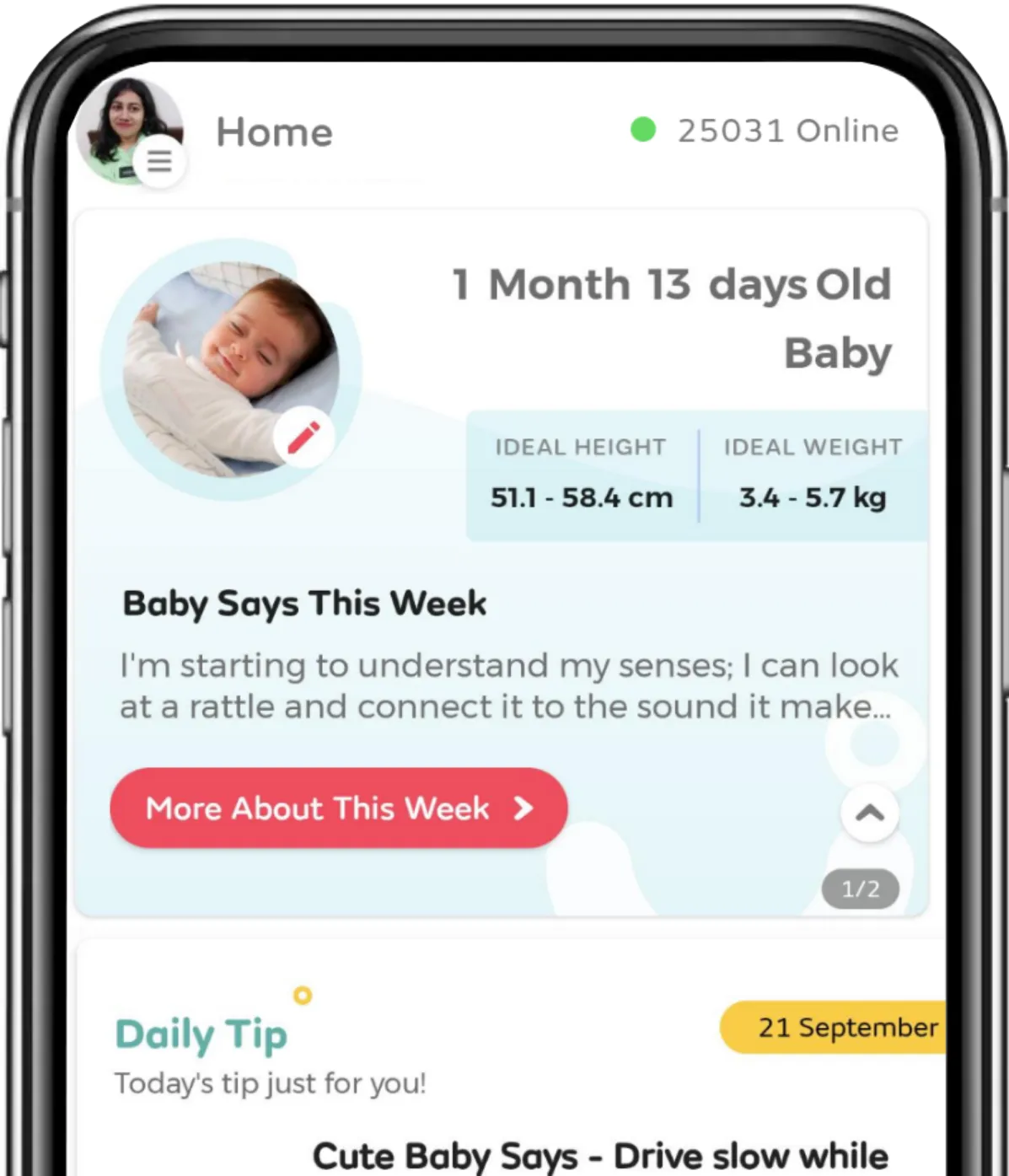
Related Articles
Related Topics
RECENTLY PUBLISHED ARTICLES
our most recent articles

Pregnancy Journey
Top 25 Pregnancy Quotes To Keep You Motivated & Happy During Pregnancy

TV & OTT
Top Crime Series on Hotstar: Your Ultimate Watchlist
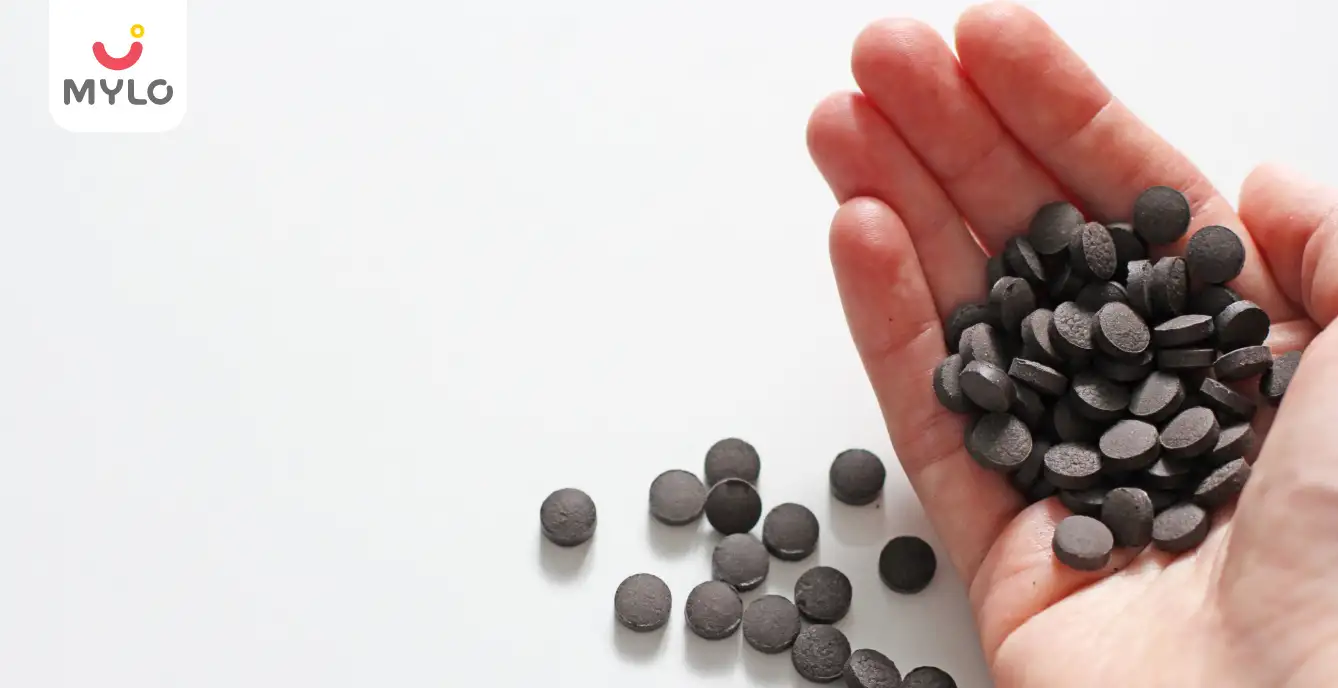
Ayurveda & Homeopathy
The Science of Medohar Guggulu: How it Aids Weight Management
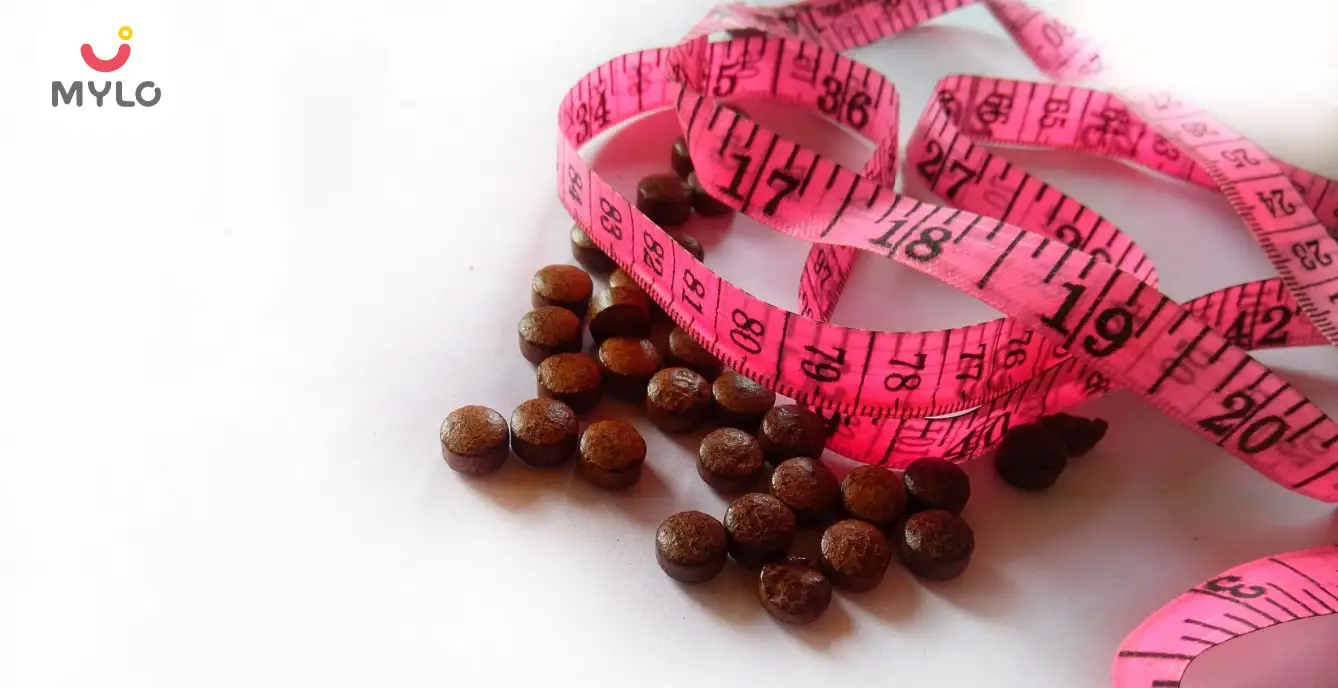
Weight Loss
Ayurvedic Medicine for Weight Loss: Your Guide to Time-Tested Solutions

Care for Baby
Port Wine Stain Birthmark: Symptoms, Causes & Treatment
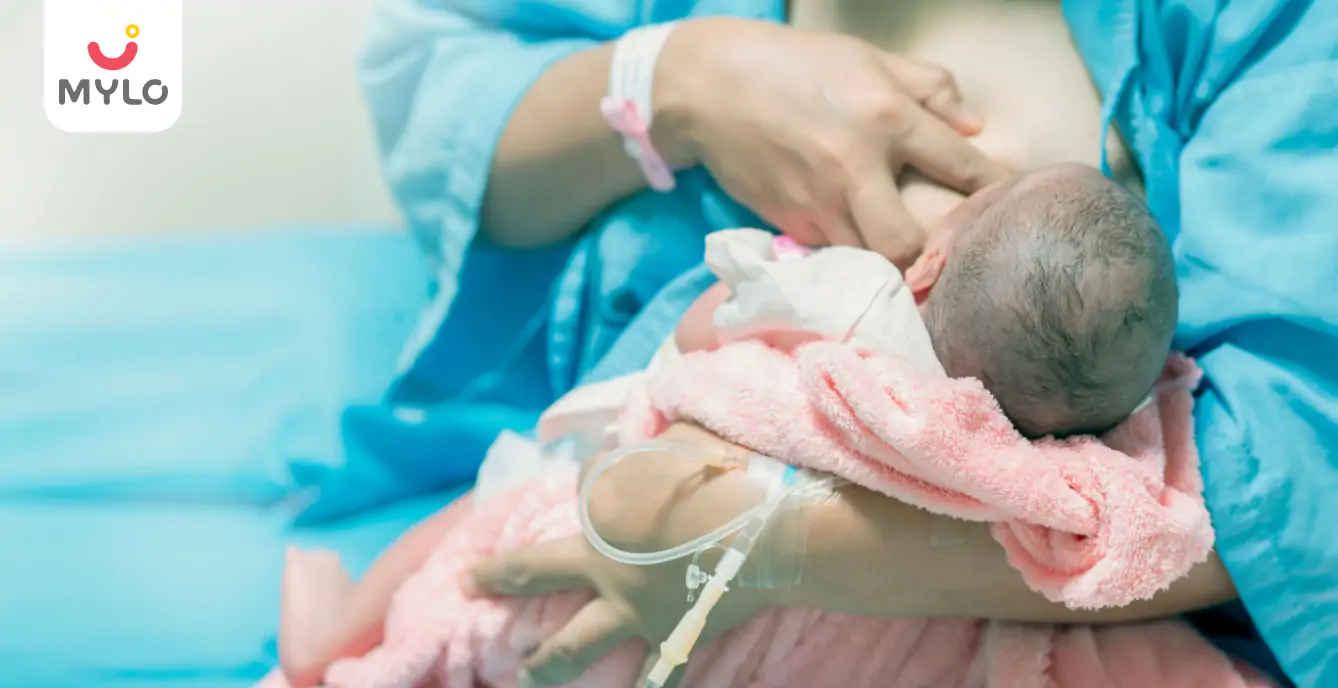
Celebrate Breast Feeding Week
Colostrum or First Milk : A Complete Guide About Its Meaning, Benefits & Side Effects
- Ayurvedic Medicine for White Discharge: A Guide to Discovering Natural Solutions
- The Ultimate Guide to Estrogen-Rich Foods and Their Benefits
- Ayurvedic Medicine for Erectile Dysfunction: A Guide to Discovering Natural Solutions
- Side Effects of Breastfeeding While Lying Down: Is It Worth the Risk?
- Big Areolas: A Comprehensive Guide to Causes, Risks and Treatments
- Anemia During Pregnancy: Symptoms, Causes & Management
- The Benefits and Risks of Using Hydrocortisone Cream for Babies
- The Ultimate Guide to Planning for Second Baby
- The Ultimate Parent's Guide to Dealing with Boils in Babies
- 2 Months Pregnant Belly: Understanding Your Belly and Baby's Transformation
- The Significance of Trilaminar Endometrium in Fertility: What You Need to Know
- Kanchanar Guggulu: Your Ultimate Guide to a Healthy Lifestyle
- First Trimester of Pregnancy
- Top 10 Comedy Movies on Hotstar to Make You Laugh Your Heart Out


AWARDS AND RECOGNITION

Mylo wins Forbes D2C Disruptor award

Mylo wins The Economic Times Promising Brands 2022
AS SEEN IN
















- Mylo Care: Effective and science-backed personal care and wellness solutions for a joyful you.
- Mylo Baby: Science-backed, gentle and effective personal care & hygiene range for your little one.
- Mylo Community: Trusted and empathetic community of 10mn+ parents and experts.
Product Categories
baby carrier | baby soap | baby wipes | stretch marks cream | baby cream | baby shampoo | baby massage oil | baby hair oil | stretch marks oil | baby body wash | baby powder | baby lotion | diaper rash cream | newborn diapers | teether | baby kajal | baby diapers | cloth diapers |




